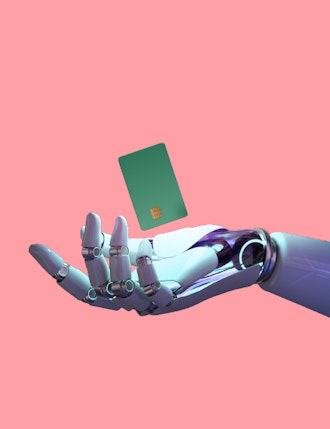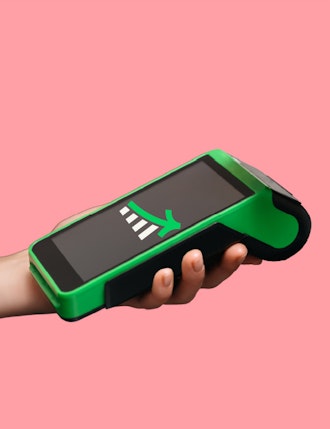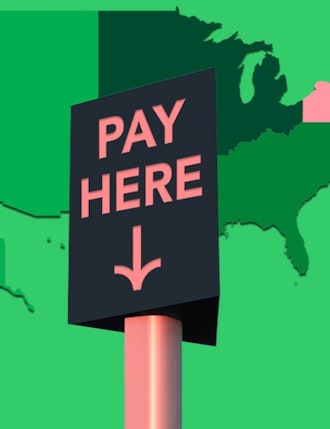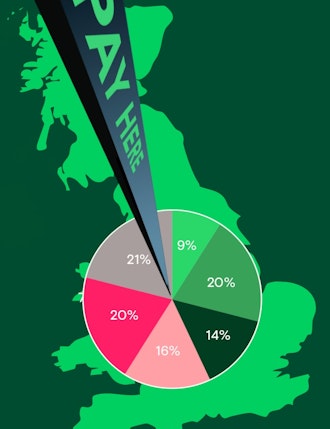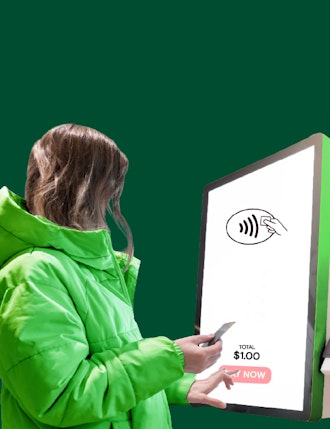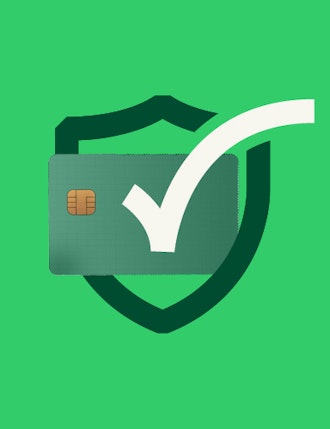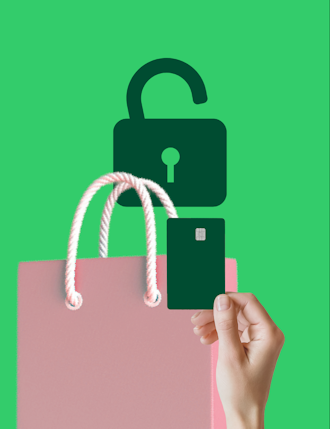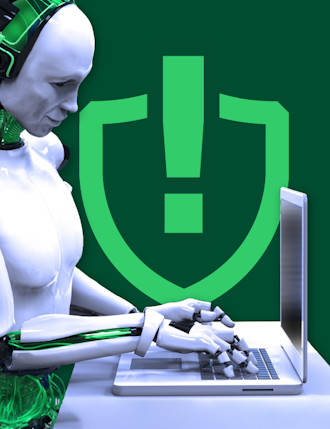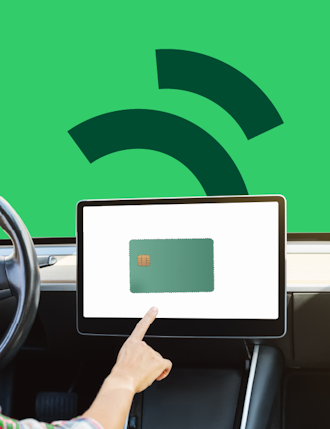As digital technology emerged, several online paying transactions have been available. The pandemic has also made people rely on digital payment schemes to avoid face-to-face activity that will put them at risk of COVID-19 infection.
It is reported that in 2020, around 1.9 billion people utilized online banking, and by 2024, it is foreseen that the number of users will reach 2.5 billion.
What are phygital payments?
The term phygital is the mix of physical and digital. These two can be seen as opposing sides; however, combining them can create newer experiences as consumers nowadays are focused on convenience and easier processes.
That said, banks and other financial institutions must offer a full-scale option to stay competitive in today’s market.
Real world examples of phygital experience
The physical strategy gives more information while digital provides convenience and streamlined processes. Combining the two gives both accurate and easier options.
Phygital payments such as the following can bring a more seamless customer interaction and experience using a particular platform. Below are the real-world examples of phygital payments:
Digital payments
Digital payments are getting favoured by many individuals as they can pay their groceries, gas, bills, etc., with just a tap on their smartphones. Bringing cash is no longer needed since fund transfers are made digitally.
There are several e-wallet applications that can bring you endless comfort, ease, and satisfaction:
- Amazon pay
- Apple pay
- Google pay
- Paypal
- Venmo
Nowadays, e-wallets are being offered even if you physically go to places that need payments, like grocery stores, fast food chains, and gas stations.
Mobile application, delivery, and BOPIS
Mobile applications nowadays are beneficial when it comes to people’s needs. Entities, such as malls, restaurants, etc., have applications where customers can place their orders. These applications also provide options, whether it will be for self-pickup or door-to-door delivery.
In a survey, it is predicted that customers will favour curbside pick-up even more. Some customers are not satisfied with the deliveries of their goods hence will opt to patronize the buy online pick up in-store (BOPIS).
Wearable and speech technology
Wearable and speech technologies such as Amazon’s Alexa and Apple Watch are also being utilized by many, these technologies are used to help customers do their daily tasks.
Voice tech is a cloud-based speech service that assists individuals with their everyday deliverables. It can also be commanded to pay and schedule things once connected to your personal information.
Wearable techs, on the other hand, can provide the same use as voice techs. They can conduct secure transactions, touchless sign-ups, online payments, and so forth.
Customer portals
Customer portals are essential if you desire a phygital experience for your clients. These portals contain your clients’ information and previous transactions. That said, the portal would be able to give suggestions of what your consumers need. Portals also provide self-service tasks such as paying bills, refilling medicines, and even buying something particular.
Adopting customer portals also means developing them to be more mobile-friendly as people use their smartphones daily. Having a mobile-friendly portal can make customers self-serve and will reduce time on processing fees and transactions that result in long lines and queues.
QR codes
The use of QR codes is getting more popular nowadays, these barcodes provide a digital interaction and engagement. QR codes can streamline processes such as the following in order to give a faster and easier transaction for consumers:
- Make payments
- Leave a review
- Show restaurant menu
- Checking reservations
- Contact tracing
These are just some of the things you can access when you use QR codes. Today, several organizations offer these codes to give effortless transactions instead of typing account numbers and customer information.
The future of phygital payments
The market is gradually changing, today, consumers are aiming for more convenience and easier transactions where they can save time and energy. However, some people look forward to streamlining physical agendas as well, like registering their physical cards digitally. That said, combining physical and digital ways can bring new opportunities and experiences to users worldwide.
With payment 4.0, consumers can personalize their engagements and experience better. Furthermore, our ways are developing over time as we continue to look for a seamless, inclusive, and innovative way of doing things. Check out our other post on navigating the new payments era.
The growth of payment methods such as online mobile payments, buy now pay later, and voice technology is indeed shaping the evolution and development of the financial outlook. However, aside from the comfort, it is also important to prioritize social listening, values, and relationships.
Overall, as we pave our way to a more innovative and convenience-centric world, physical transactions are equally vital to ensure better relationships between merchants and customers. Combining both processes can open more opportunities and ways to bring security and accessibility together.
